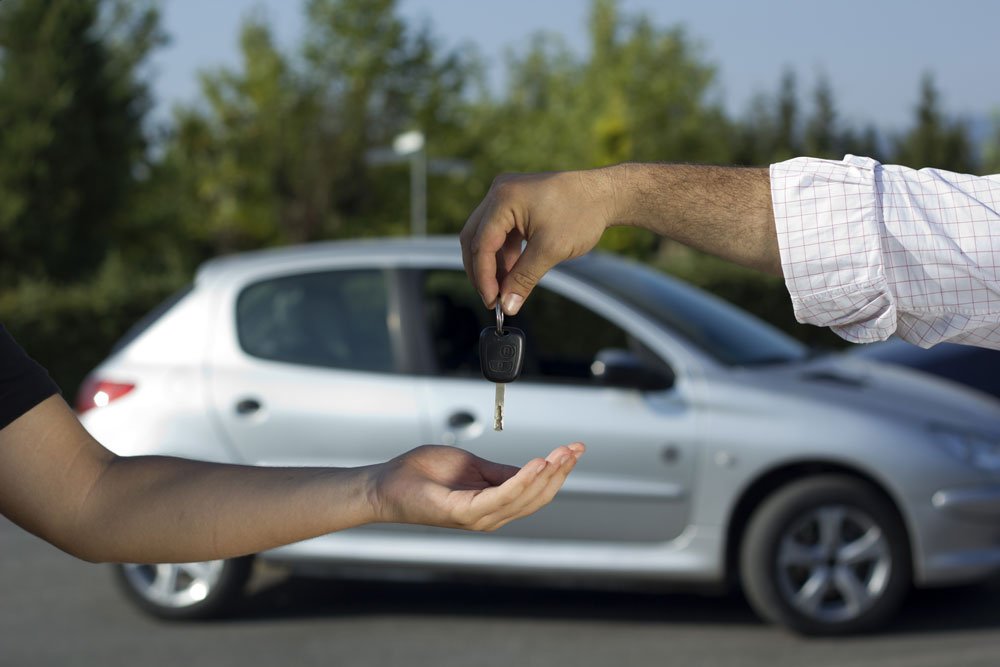Having problems with your car can be annoying, especially when they happen out of the blue. But you don’t always need to take your car to the garage. It’s possible to find and fix many common car problems at home if you’re patient and know what you’re doing. Troubleshooting is a useful skill to have if you want to save money, avoid needless trips to the shop, or just feel better about your car ownership.
Even though modern cars are very complicated tools, they still have ways to let you know when something is wrong. It can help to pay attention to your car’s sounds, smells, drives, and how it feels before they get worse. With a few tools and some basic knowledge, you can usually figure out where the problem is coming from and decide if it can be fixed quickly or if you need to call a professional.
The engine won’t start. Start with the lead
If when you turn the key, all you hear is a clicking sound or nothing at all, it could be the battery. There are many things that can cause batteries to lose their charge, such as age, a broken charger, leaving the lights on, or even cold weather.
To check at home, turn on the lights inside or the headlights. They may need a jump start or a new battery if they’re dim or dead. To try a jump, you will need jumper wires and another car. The battery may be fine but low if your car starts and runs after that. If it dies again soon after, the generator could be broken.
If your battery is more than three years old or has connections that are rusty, it might be best to get a new one. When you work with batteries, you should always wear gloves and safety glasses.
Getting too hot? Check the system for cooling
If the temperature gauge goes up or steam comes out from under the hood, it means your engine is getting too hot. This generally means there is a problem with the cooling system. Wait until the car is totally cool to look at anything.
First, check how much water is in the tank. If it’s low, fill it up with the type that’s best for your car. Also, check the lines for holes or cracks. Overheating can also be caused by a broken thermostat or water pump, but these may need to be fixed by a professional.
When the engine is hot, never open the radiator cap. This can let out hot steam and water that is under pressure.
Car Won’t Shift Straight? Check out the transmission oil
If your car hesitates, jerks, or slips when you change gears, it might be because the transmission oil is low or dirty. Problems with transmissions usually start out small but quickly cost a lot if they are not fixed.
Warm up the engine, park on a flat surface, and use the dipstick (if your car has one) under the hood to check the oil. The liquid should be clear and a shade of red. If the fluid smells brown or burned, it’s time for a change. It’s important to use the exact type that your owner’s manual says to.
squeaky brakes? It’s time to check the brakes
When you stop, a high-pitched squeal is generally a sign that your brake pads are wearing down. It’s built into many pads to make noise when they’re almost dead to let you know.
Through the spokes of the wheel, you can see the brake pads. If there is less than a quarter-inch of pad left, they need to be replaced. The pads may be worn down to the metal if you hear a grinding sound. This can damage your rotors and make the fix cost more.
Pulls to One Side? Check the alignment and tire pressure
Tire pressure that isn’t even can make your car drift to one side while you’re going. Check all four tires with a tire pressure tester and fill them up to the PSI level shown on the door sticker.
If the problem still happens even if the pressure is the same, your wheels may not be lined up right or your tires may be worn differently. In this case, a professional adjustment or rotating the tires can make the car handle smoothly again.
Are the dashboard lights flashing? Scan with a tool
Today’s cars are full of sensors that keep an eye on everything, from the temperature of the engine to the pollution from the waste. A warning light, like the feared “check engine” light, comes on when something is wrong.
Don’t guess; instead, use an easy-to-use OBD-II reader that you can plug into a port under the dashboard. It reads trouble codes and tells you which machine is having trouble. A lot of shops that sell auto parts will check your car for free and help you understand the codes.
Sounds Out of Place? Listen to what your ears tell you
Sounds like clicking, knocking, whining, or grinding are often signs of mechanical problems. A worn CV joint could be making that clicking sound when you turn. A hitting sound could mean that the oil level is too low. If the engine is whining, it could mean that the power steering or serpentine belt is worn out.
Don’t ignore strange sounds—cars don’t fix themselves very often. The rhythm (when it happens, how loud it is, and which way it sounds) can help you figure out what’s wrong.
Basic Troubleshooting Reference Chart
Here’s a handy chart to help diagnose some of the most common car problems at home:
| Problem | Likely Cause | At-Home Fix? |
|---|---|---|
| Car won’t start (clicking sound) | Dead battery | Yes (jump-start) |
| Engine overheating | Low coolant, broken thermostat | Yes (top off coolant) |
| Grinding brakes | Worn-out brake pads | Yes (visual check) |
| Rough gear shifts | Low/dirty transmission fluid | Yes (check fluid) |
| Pulling to one side | Uneven tire pressure or alignment | Yes (inflate tires) |
| Dashboard warning lights | Sensor trigger or system fault | Yes (use code reader) |
| Whining noise while driving | Worn belt or low power steering fluid | Partial (check fluid) |
This table simplifies initial diagnosis so you can take action with more confidence.
Frequently Asked Questions
Is it safe to drive with the check engine light on?
If the light is steady and the car seems fine, you can usually drive short distances. But if it’s flashing or the engine runs rough, pull over and seek professional help—flashing usually signals a serious issue like misfiring.
Can I change my brake pads at home?
Yes, with the right tools and some mechanical knowledge. However, if you’re unsure or uncomfortable working around safety systems, it’s best left to a qualified mechanic.
What should I do if my steering feels loose or shaky?
First, check your tire pressure. If that’s not the issue, the problem could be with your alignment, tie rods, or suspension—all of which should be checked by a professional if symptoms persist.
Is it bad to ignore small oil leaks?
Even small leaks can lead to low oil levels, which damage the engine over time. If you see puddles under the car or smell burning oil, investigate immediately.
Why does my car vibrate when braking?
This could be warped brake rotors. If the steering wheel shakes while braking, it’s likely a front rotor issue. Have them inspected and resurfaced or replaced as needed.
Do I need special tools to troubleshoot car problems at home?
Basic tools like a tire pressure gauge, code reader, wrench set, and jumper cables go a long way. For more advanced tasks, having a jack, torque wrench, and repair manual helps too.

